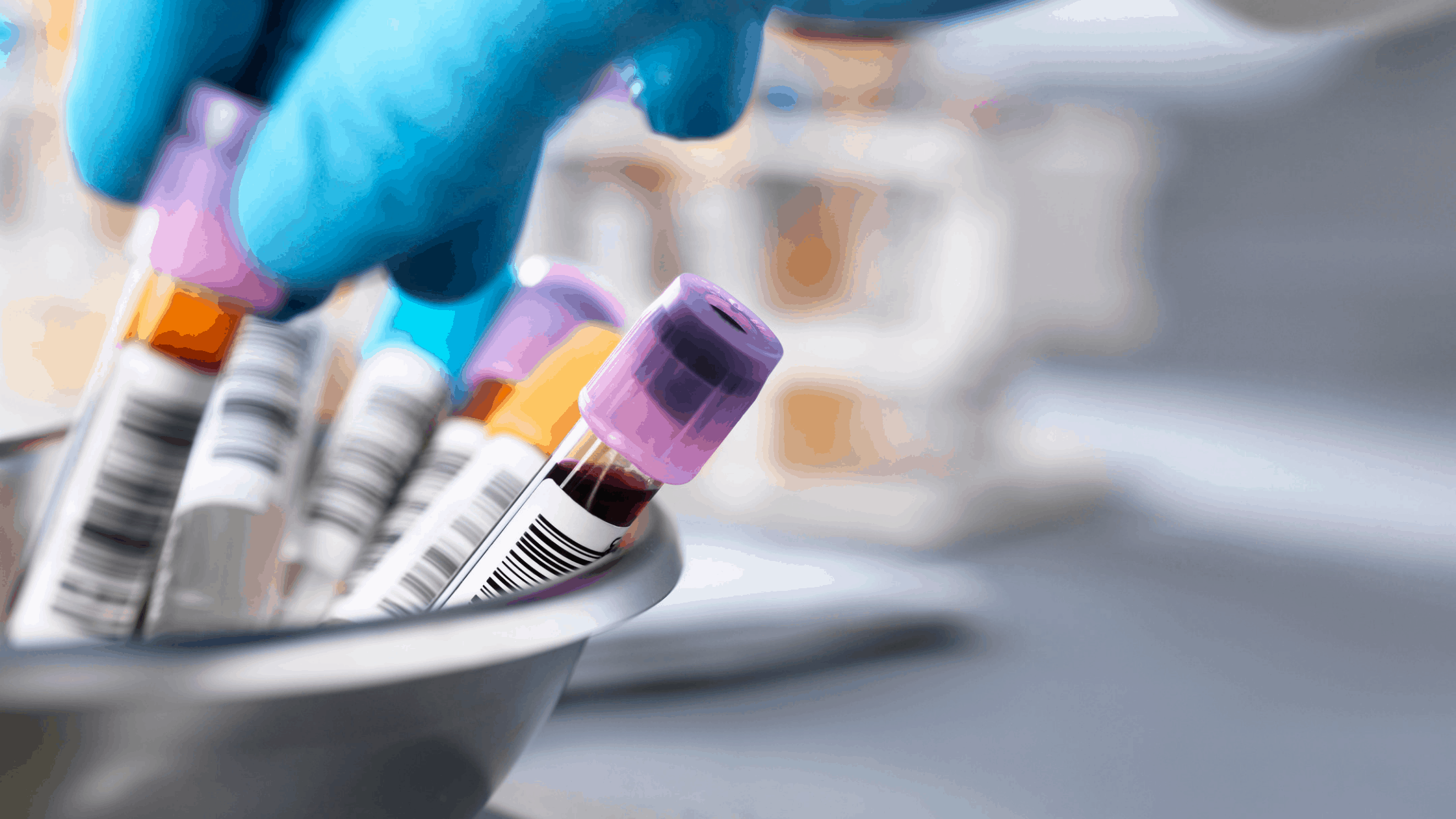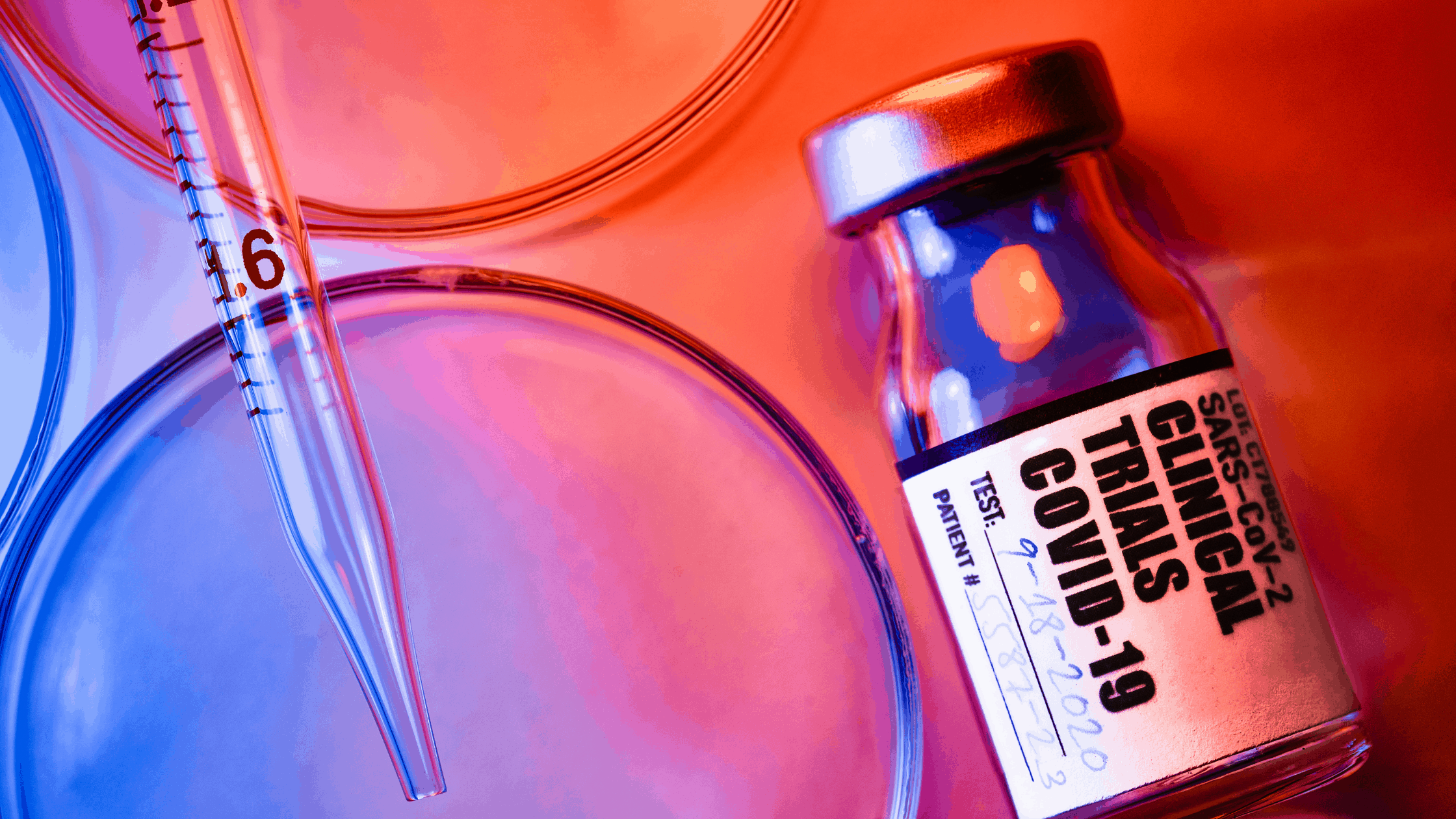|
Listen to Post
|
Listen to this article now:
The arrival of COVID-19 and researchers’ feverish quest to find a vaccine made the entire world aware of the need for global cooperation in clinical trials. Through that cooperation, the important role that language translation plays in clinical trials became even more evident to pharmaceutical companies and healthcare professionals involved in the process.
In years past, clinical trials mostly took place in a pharmaceutical company’s home country. But as companies merged into multinational corporations, cross-border clinical trials became more common, driving the need to partner with skilled medical translators to ensure complete transparency throughout the process.
Then came the coronavirus.
Cross-Border Clinical Trials Developed COVID-19 Vax at “Warp Speed”
What was simply a growing need ballooned into emergency demand as 650 research groups from all over the world attempted to produce a working vaccine for the pathogen. There was no time for regional tensions or imprecise language as researchers reached across borders to partner with their overseas colleagues to conduct clinical trials for 460 vaccine candidates.
Clearly, there was no room for error. Language must be spot-on when briefing clinical trial volunteers and healthcare providers, gathering and reporting data, and reporting the findings for review throughout the world.
The pandemic’s rapid spread drove demand for accurate clinical trial translations, culturally sensitive communication among peers, and time-sensitive reporting. Once silent partners, clinical trial translators became a catalyst through which lightning-fast development and testing could occur.
With accurate clinical trial translations throughout the process to undergird the researchers’ efforts, inform participants, and provide healthcare providers with information about each vaccine, several successful vaccines rolled out in less than a year’s time. Before this global partnership, the mumps vaccine held the record for the fastest rollout – four years.

Looking Beyond COVID: Translation’s Role in Future Clinical Trials
Looking back on this modern success story, researchers and pharmaceutical companies saw how global cooperation in times of crisis could spur innovation and development. They’re also seeing the need for translators who specialize in clinical trials to get involved from the ground floor up.
Perhaps Mom’s battle with Stage 4 cancer isn’t a global emergency. But for her loved ones, friends, and coworkers, she’s the hub around which a family, a community, and a company revolves. For them, finding a cure – and finding it quickly – is indeed a crisis in their world.
In addition to cancer, there are a plethora of diseases for which there is no cure. For those dealing with such an illness, clinical trials are the only glimmer of hope on the horizon.
Conquering these challenges will likely take a global partnership that leverages the perspectives of a diverse range of researchers. Alongside them, clinical trial translators can further the clear communication that these researchers must achieve to ensure a successful result.
What Specific Aspects of Language Translation Are Crucial in Clinical Trials?
The short answer? Nearly all of them. So long as a clinical trial takes place in two or more countries without a common language – or in a country where there are people who do not speak the official language fluently – translation is a must for a wide range of clinical trial applications. They include:
Clinical trial protocols: As the foundation for the plan regarding the trial’s objectives, organization and design, methods, and statistics-keeping, the protocol must be crystal-clear in its language so that all participants, including the trial subjects, will have no ambiguity about any aspect of the trial.
Patient questionnaires: A mistranslation on this key document could falsely rule out people who were actually eligible or permit ineligible people to take part in the trial. Accurate patient questionnaire translations are essential to ensure that everyone in the trial has met the required conditions.
Informed consent documents: In both the EU and the United States, informed consent documents must include the person’s consent to take part in the clinical trial, the participants’ rights and responsibilities, accurate descriptions of the study, what procedures and medication will be involved, the purpose of the trial, potential benefits and risks, any available alternative treatments or competing studies, and a statement that the person’s participation is entirely voluntary. Of course, those participating must fully understand the terms mentioned in the document, including highly technical legal and medical information. Translators must go beyond being linguistically accurate – they must have expertise in both medical and legal terminology as well.
Patient records: Patients aren’t always accurate or truthful when reporting their current medical conditions or the medication they are taking. For that reason, most trials require their treating physicians to furnish up-to-date medical records. If those records aren’t in the researchers’ native language, they require accurate translation to ensure complete safety and accuracy.
Adverse event reports: Maintaining clarity in adverse event reports isn’t just essential to the success of a clinical trial. It can mean the difference between life and death for those who volunteered to take part in the trial. Accurate clinical trial translations that consider the linguistic nuances that patients might use to report discomfort, as well as certain cultures’ reluctance to complain about reactions, are critical to achieving the study’s ultimate purpose – saving human lives.
Localization: A Critical Ingredient in Accurate Clinical Trial Communications
Direct translations rarely communicate all the nuances a term or phrase means to a native speaker. Localization – taking into consideration local dialects, cultural sensitivities, local medication labeling protocols, regional variations in terminology, and even differences in instrumentation by country – will ensure that your clinical trial translation will communicate information clearly to everyone involved in the process.
Using language that local participants can easily understand will put people at ease. Jargon and unnecessary “legalese” that you don’t unpack in a digestible form can make potential participants feel unwelcome – and might even steer them away from participation.

Maintain Clinical Trial Translation Accuracy at Scale with a Trusted Partner
Granted, the sheer volume of documentation a single clinical trial requires from translators is massive. However, if you work with a trusted translation partner with expertise in medical and research applications, you can have both speed and accuracy.
Using sophisticated translation software can help reduce the cost for repeated translations that eat up your budget. The translation and QA tools build and maintain your translation memories, glossaries and termbases to ensure consistency, reduce human error and preserve language assets for future use.
Not only can this process save your pharmaceutical company or research center money, but it can save time – an essential element in clinical trials, especially those dealing with contagious diseases or other time-critical issues. To discover the difference that fast, well-optimized clinical trial translations can make in your next study, get in touch with the Commit Global team today!
Read also:
5 Steps to Success with Clinical Trial Translations
Informed Consent Translations: The Importance of Understanding
The Importance of Accuracy in Medical Translations – The Case Of Willie Ramirez
Linguistic Validation Services in Life Sciences Localization








